Imagine yourself as a geological detective, embarking on an incredible journey to unravel the secrets of Earth’s past. “Paleocurrent Indicators in Clastic Rocks” is your guide to deciphering the clues hidden within ancient rock formations, unlocking the captivating story of how our planet has evolved over millions of years. Join us as we travel back in time, exploring the whispers of ancient oceans and tracing the incredible odyssey of sediments, revealing the captivating stories concealed within these geological time capsules.
Unraveling the Secrets of Ancient Seas: Paleocurrent Indicators in Clastic Rocks
Imagine yourself as a detective, exploring the clues left behind in the sedimentary rocks that form the foundations of our planet. Paleocurrent indicators in clastic rocks are the breadcrumbs that lead us to unravel the mysteries of ancient oceans, revealing the paths of mighty currents and the secrets of sediment transport.
Deciphering the Sedimentary Code
Clastic rocks are made up of fragments of older rocks, carried by rivers, glaciers, and ocean currents. As these sediments settle and harden into rock, they preserve vital clues about the environment in which they formed. Paleocurrent indicators are the signs that guide us through this sedimentary maze.
Unveiling Ancient Currents
Paleocurrent indicators are telltale signs left behind by ancient currents, like the footprints of a forgotten dance. Ripples, like those you see on the surface of a sandy beach, indicate the direction of water flow. Crossbedding, layers of sediment tilted at an angle, reveals the slope of riverbeds or sand dunes. By carefully studying these features, we can reconstruct the paths of ancient currents and piece together the flow patterns of our planet’s oceans.
A Window into Earth’s Tapestry
Paleocurrent indicators are not just clues to ancient currents; they are also a window into Earth’s history. By analyzing the abundance of clastic rocks in different geological periods, we can trace the evolution of our planet’s landscapes. From the vast clastic deposits of the Proterozoic era to the less abundant sediments of the Cenozoic, these indicators reveal the dynamics of our planet’s geological processes.
Paleocurrent Indicators: Our Guide to the Ancient World
Table: Common Paleocurrent Indicators
| Indicator | Description |
|---|---|
| Ripple Marks | Undulating patterns formed by water currents |
| Crossbedding | Tilted layers of sediment |
| Dune Crests | Ridges formed by wind-blown sand |
| Slump Structures | Folded and crumpled layers |
| Graded Bedding | Layers of sediment with decreasing grain size |
Understanding paleocurrent indicators in clastic rocks is like reading a forgotten language, unlocking the secrets of ancient environments and the dynamic forces that have shaped our planet. It’s a journey of discovery, where each new clue leads us closer to comprehending the awe-inspiring tapestry of Earth’s history.
Want to explore the fascinating world of rocks? Dive into clastic sedimentary rocks, where you’ll uncover the secrets of their formation through weathering and erosion processes. Learn about the mechanisms behind sediment transport and delve into the transformative process of diagenesis and lithification. Discover the intricate patterns of sedimentary facies and sequences, and unlock the clues to past environments through provenance analysis of clastic sediments. Explore the economic significance of clastic rocks and delve into the various clastic rock classification systems. Unravel the mysteries of texture and composition and witness the intriguing world of clastic dikes and other soft-sediment deformation structures.
How do geologists extract flow direction data from sedimentary formations?
Geologists, like detectives, love uncovering the secrets of the Earth’s past, and sedimentary formations are like a treasure trove of clues. These rocks, made up of sand, mud, and other bits and pieces, hold the key to understanding how water flowed millions of years ago.
Imagine the riverbanks of the past, where sediment would settle and leave behind distinctive patterns. These patterns, like ripples in the sand or layers of sediment that look like tiny mountains, are the breadcrumbs that lead geologists to the direction of the ancient currents.
Uncovering the Current’s Dance
Sedimentary structures, as geologists call them, are like fossils of water’s movement. Some of these structures, like ripple marks, tell a straightforward story. They point to the direction the current was flowing, like arrows in the sandstone. Others, like sandbars or crossbeds, are more like riddles. They suggest that the current flowed back and forth, like the tide washing over a beach.
By carefully mapping and measuring these structures, geologists piece together the puzzle of ancient water currents. It’s like reading the dance of particles frozen in time, painting a picture of how the water moved and shaped the landscape.
Translating the Clues
Just like detectives use clues to solve a mystery, geologists use statistical tools to translate the clues left by sedimentary structures. They measure the angles and orientations of the structures, and using the magic of math, they reconstruct the flow history of ancient water currents.
It’s like uncovering a hidden timeline, revealing the ebb and flow of water over millions of years. And with each formation they study, geologists add another piece to the puzzle of the Earth’s ever-changing history.
Key Insights:
- Sedimentary structures are fingerprints of ancient water currents.
- Unidirectional indicators (like ripple marks) show one-way flow, while bidirectional indicators (like sandbars) suggest back-and-forth currents.
- Flow history can be reconstructed by analyzing sedimentary structures, helping us understand past landscapes and water movements.
Unraveling the Mysteries of Ancient Landscapes: Clastic Rocks as Storytellers
Picture yourself standing on the beach of an ancient ocean, the towering mountains and verdant forests of a bygone era stretching before your eyes. The rocks beneath your feet are not just mere stones; they hold the secrets of our planet’s past, like whispers etched in time.
Clastic rocks, formed from the broken-down fragments of ancient rocks, are the silent witnesses to the Earth’s geological journey. These rocks, like historians’ manuscripts, narrate the tale of our planet’s formation, mountain-building events, and the evolution of life.
Deciphering the Clues: Grain Size, Shape, and Sorting
Clastic rocks, like intricate puzzles, offer clues to their origins through the characteristics of their tiny building blocks – the clasts. Grain size, shape, and sorting are the keys to unlocking these secrets.
- Grain Size: The size of the clasts tells us about the energy of the environment that transported them. Larger clasts indicate higher-energy currents or glaciers, while smaller ones suggest calmer waters or wind.
- Shape: The shape of the clasts provides insights into how they were transported. Rounded clasts have been tumbled by waves or carried by ice, while angular clasts suggest shorter, less vigorous journeys.
- Sorting: The sorting of the clasts reveals the distance they traveled. Well-sorted rocks indicate that the clasts were transported over a long distance, allowing smaller ones to be separated from larger ones. Poorly-sorted rocks suggest a shorter transport distance, as the clasts were not given enough time to be sorted.
By studying these characteristics, geologists can unravel the story of how clastic rocks formed, from the erosion of ancient mountains to the deposition of sediments by glaciers and rivers. They can also deduce the direction of ancient currents and the evolution of landscapes over time.
Clastic rocks, far from being ordinary stones, are storytellers of the ages. They hold the clues to our planet’s history, waiting for us to decipher their ancient tales.
Exploring the Global Database of Paleocurrent Trends: A Journey Through Time
Unraveling Earth’s Past, Piece by Piece
Imagine yourself as a detective, scouring for clues that tell the story of our planet’s past. The global database of paleocurrent trends is your treasure trove, a vast collection of whispers from long-forgotten times.
A Time Machine for Earth’s Sediments
This database is like a time machine that transports us back to ancient oceans and landscapes. It’s filled with data that reveal the secrets of past currents, the rivers of sand and mud that shaped our planet.
Unlocking the Secrets of Ancient Currents
Like ancient mariners charting unknown seas, paleocurrent data allows geologists to reconstruct the movements of ocean currents that once flowed across the globe. These currents, like powerful underwater highways, carried sediment particles far and wide.
Tracing the Journeys of Sediments
Sediments, the building blocks of our planet, carry clues about their origins. By studying the database, geologists can trace the journeys these tiny time capsules took, revealing the source of rocks and the forces that shaped our landscapes.
A Resource for Unlocking Earth’s Mysteries
The global database of paleocurrent trends is an invaluable tool for geologists, allowing them to:
- Identify sedimentary basins, the treasure troves of fossil fuels
- Determine the origins of sediments, tracing their geological history
- Reconstruct ancient climates and environments, painting a vivid picture of our planet’s past
A Journey of Discovery
As you dive into the database, you feel like an explorer embarking on a journey through time. The whisperings of ancient currents guide your path, revealing the secrets of Earth’s ever-changing tapestry.
Embark on Your Own Journey
FAQ
Q1: What are paleocurrent indicators in clastic rocks?
A1: Paleocurrent indicators are sedimentological features found in sedimentary deposits, indicating the direction of sediment movement. Ripple marks, crossbedding, and dune crests are examples of paleocurrent indicators.
Q2: How do geologists use paleocurrent indicators?
A2: Geologists use paleocurrent indicators to reconstruct sediment development and understand sedimentary environments. By determining the direction and intensity of ancient ocean currents, geologists can trace the transport pathways of sediments over geological time scales.
Q3: What is the significance of paleocurrent datasets?
A3: Paleocurrent datasets provide insights into the abundance of clastic rocks in geological periods and help in defining sedimentary basins. They can also reveal sediment dispersal and depositional dip, aiding in provenance studies and understanding ancient depositional systems.
Q4: How do paleocurrent indicators differ in different types of clastic rocks?
A4: The presence and characteristics of paleocurrent indicators can vary depending on the grain size, sorting, and composition of clastic rocks. For example, ripple marks are common in fine-grained sandstones, while crossbedding is more prominent in coarser-grained conglomerates.
Q5: How do geologists ensure the accuracy of paleocurrent interpretations?
A5: Geologists carefully analyze multiple paleocurrent indicators within a single rock unit and compare them with regional data to minimize the effects of local variations. They also consider the depositional environment and the potential influence of post-depositional processes to ensure reliable interpretations.
- Red Cross Flag: Protecting Humanity Through History - April 19, 2025
- China II Review: Delicious Food & Speedy Service - April 17, 2025
- Understand Virginia’s Flag: History & Debate - April 17, 2025
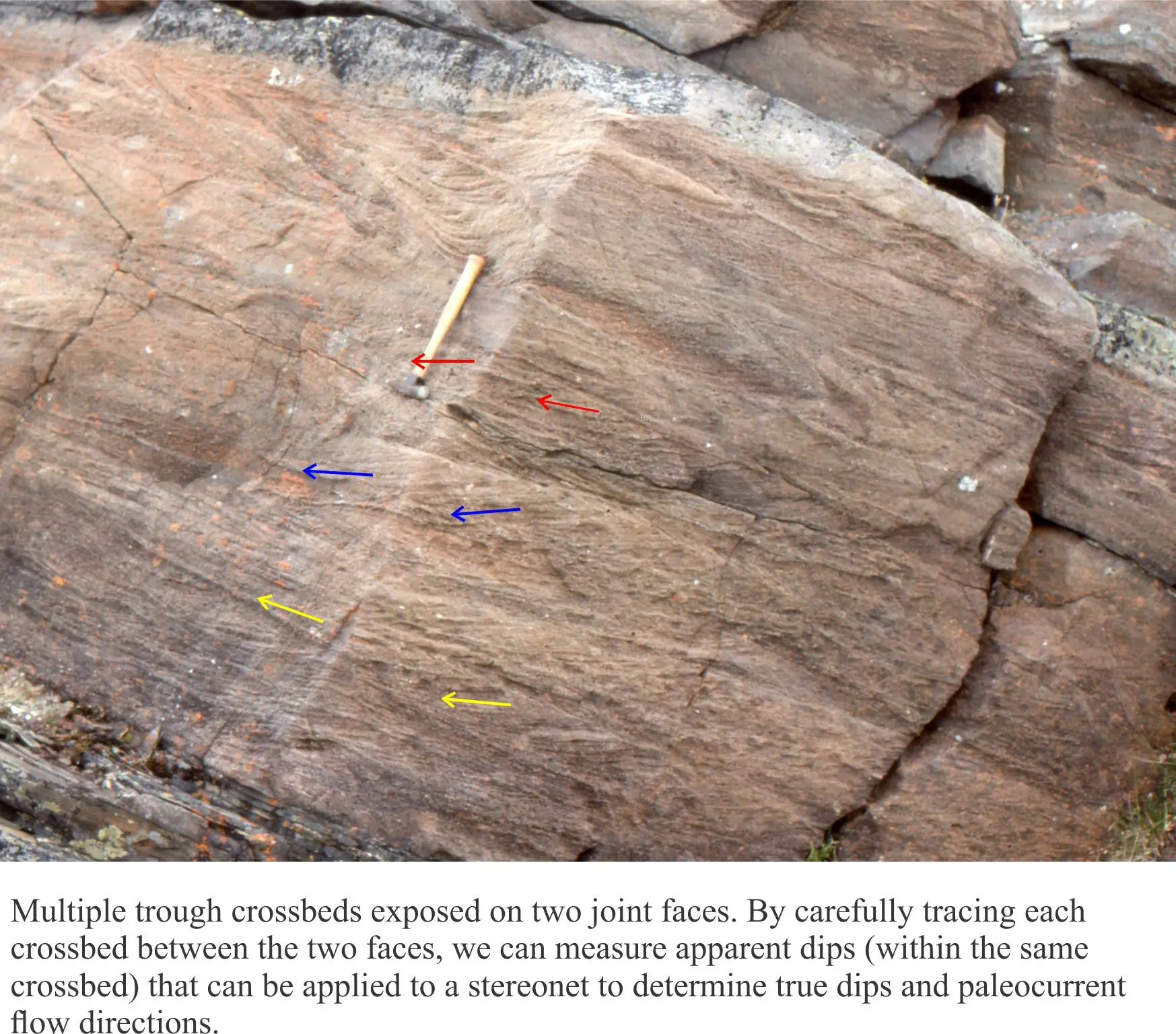
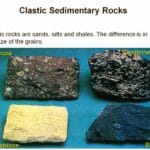
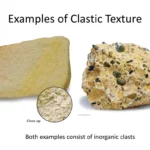
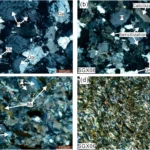
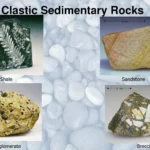
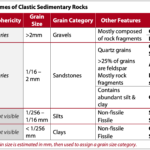
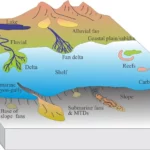










Comments are closed.